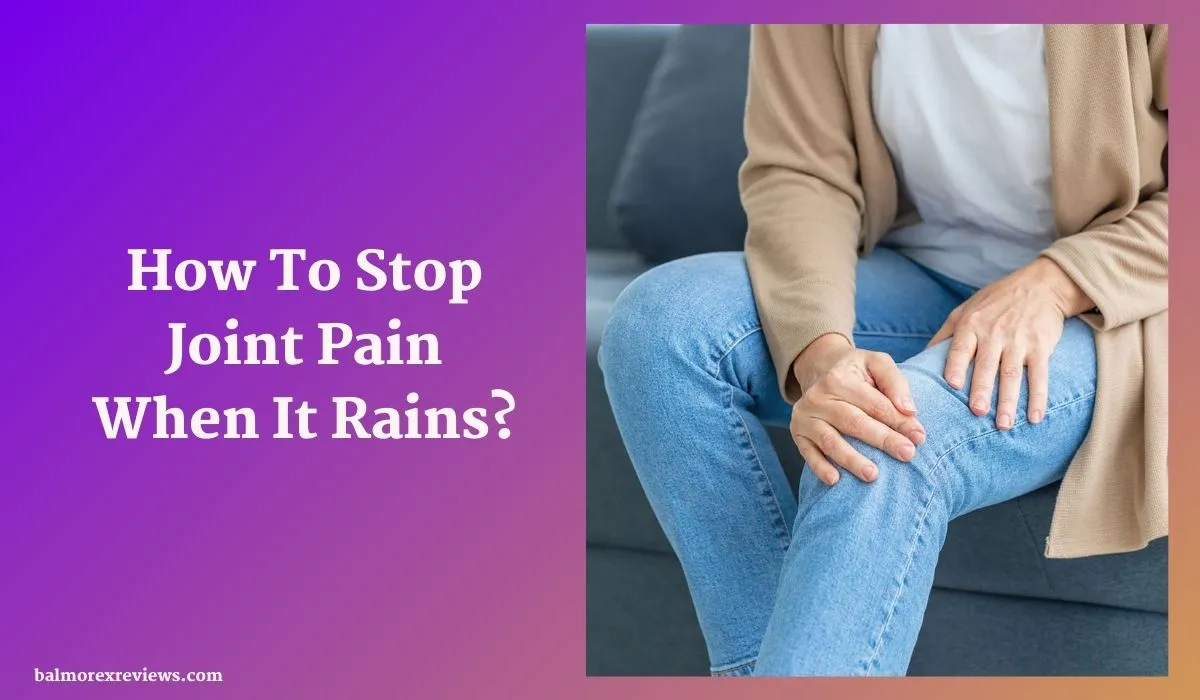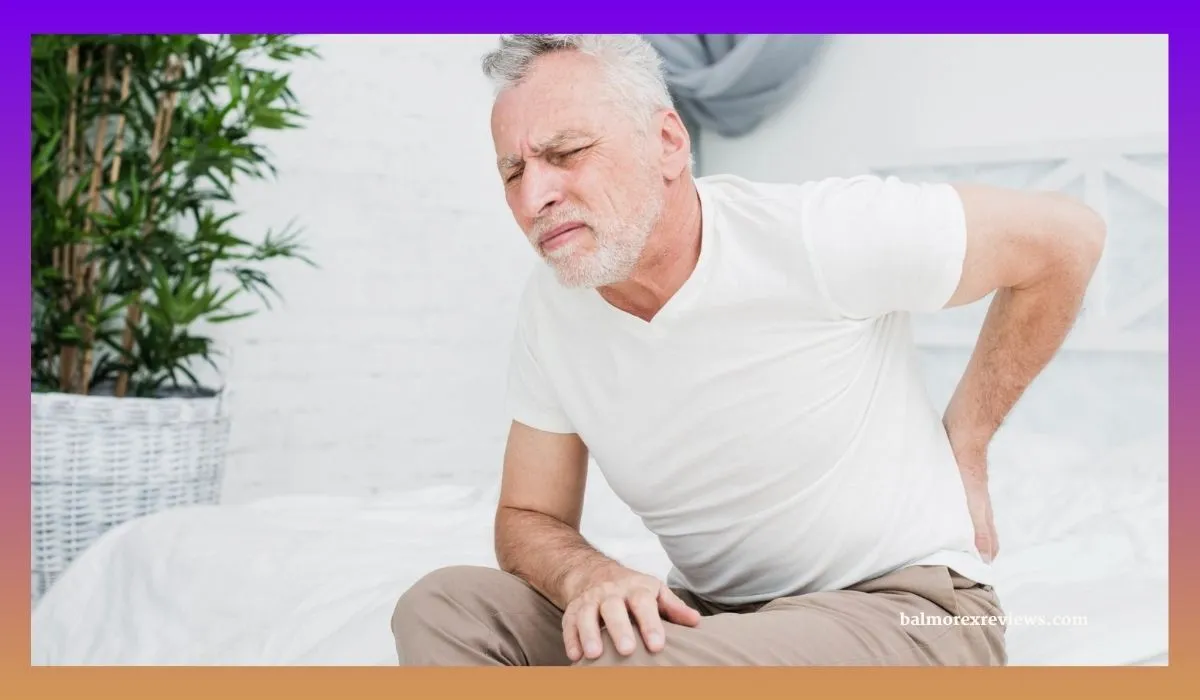How To Stop Joint Pain When It Rains: Tips For Weather-Sensitive Joints
Mastering techniques to stop joint pain when it rains can greatly enhance your comfort and well-being on rainy days.

Disclaimer: This article has been generated with the assistance of AI tools. While our research team has fact-checked the content, readers should independently verify information for accuracy and reliability.
Many people notice that their joints ache or become stiff when it rains or the weather changes. This phenomenon, often called “weather-related joint pain” or “weather-sensitive arthritis,” isn’t just in your head. While the exact cause isn’t fully understood, scientists believe that changes in barometric pressure and temperature may play a role in joint discomfort. How to stop joint pain when it rains? Let’s find out.
Why Do Joints Hurt When It Rains?

Your joints have synovial fluid, which helps them move smoothly. When the weather changes, particularly when barometric pressure drops, the tissues surrounding your joints might expand, leading to increased pressure and pain. Some people also report that cooler temperatures make their muscles and joints stiffer.
Tips to Relieve Joint Pain During Rainy Weather
If you experience joint pain when it rains, there are several steps you can take to find relief and stay comfortable.
1. Stay Warm
Cold weather can make joints stiff and painful. Dress in warm layers, and use heating pads or electric blankets to keep your joints warm. A warm bath or shower can also help relax stiff muscles and joints.
2. Keep Moving
While you might feel like resting when it rains, light exercise can help keep your joints flexible. Engage in low-impact activities like stretching, yoga, or walking. These activities can improve circulation and reduce stiffness.
3. Use Anti-Inflammatory Medication
Over-the-counter anti-inflammatory medications, like ibuprofen or aspirin, can help reduce joint pain and inflammation. Be sure to follow the dosage instructions and consult a healthcare professional if you’re unsure about taking medication.
4. Maintain a Healthy Diet
Eating a balanced diet with plenty of fruits, vegetables, and omega-3 fatty acids can help reduce inflammation. Consider incorporating foods like salmon, flaxseed, and walnuts into your meals.
5. Stay Hydrated
Proper hydration helps keep your joints lubricated. Aim to drink at least eight glasses of water a day to maintain joint health.
6. Consider Joint Supplements
Supplements like Balmorex may support joint health. Always talk to your doctor before starting any supplement regimen.
When to Seek Medical Advice
If your joint pain is severe, persistent, or accompanied by other symptoms like swelling or redness, it’s important to see a healthcare professional. They can help diagnose the underlying cause and recommend appropriate treatment.
Additional Resources
For more information on managing joint pain and arthritis, consider visiting the following reputable websites:
- Arthritis Foundation
- Centers for Disease Control and Prevention (CDC) – Arthritis
- National Institute of Arthritis and Musculoskeletal and Skin Diseases (NIAMS)
These resources offer helpful tips and information on joint health, including advice on exercise, diet, and managing pain.
Conclusion
Joint pain when it rains can be uncomfortable, but with the right approach, you can reduce its impact. So, how to stop joint pain when it rains? By keeping warm, staying active, and following other simple strategies, you can make rainy days more manageable. If you need additional support, don’t hesitate to seek advice from a healthcare professional.
Natalie Smith
Natalie Smith is a highly respected Osteopath with over 15 years of experience in treating a wide range of musculoskeletal conditions. She graduated from the British School of Osteopathy with a Master’s degree in Osteopathic Medicine and is a registered member of the General Osteopathic Council. Natalie’s expertise spans the diagnosis and treatment of issues affecting the muscles, bones, joints, and connective tissues. She utilizes a holistic, patient-centered approach, combining manual techniques such as spinal manipulation, soft tissue massage, and joint mobilization to alleviate pain and restore optimal function. Passionate about educating her patients, Natalie frequently speaks at local health workshops and has authored articles on osteopathic care for several respected medical journals. Her commitment to ongoing professional development ensures she remains at the forefront of the latest advancements in the field of osteopathy.
